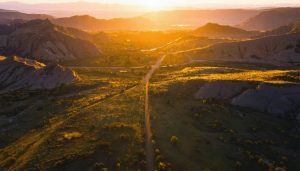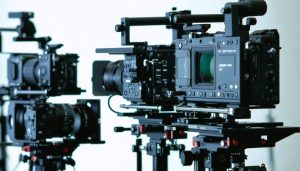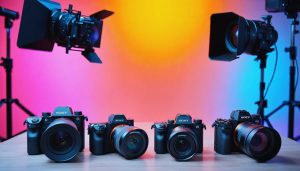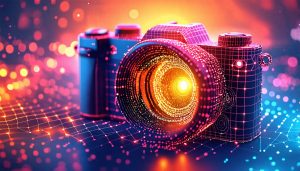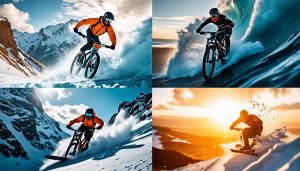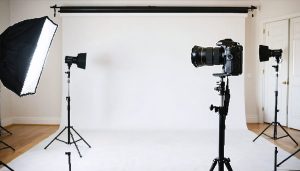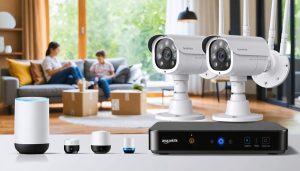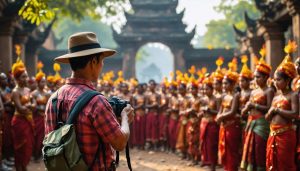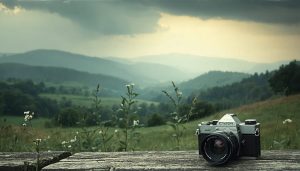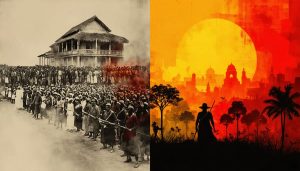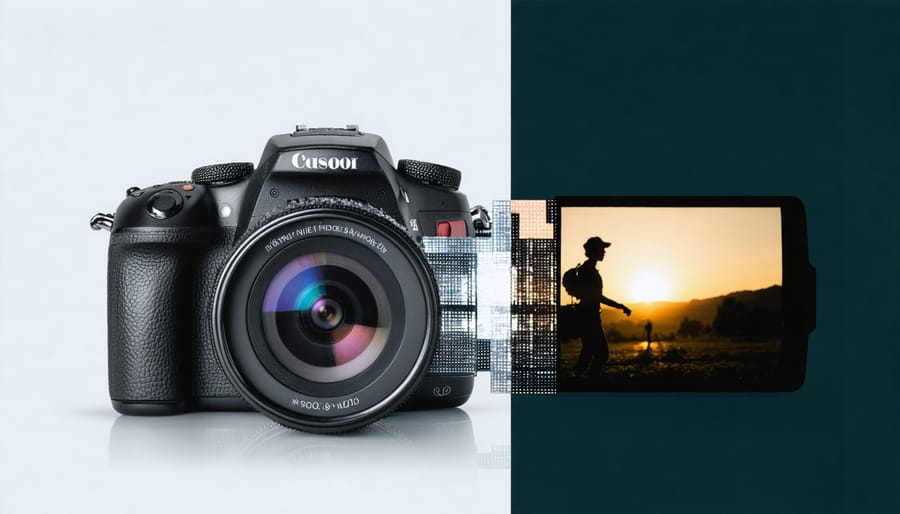
The convergence of high-quality video and still photography has revolutionized visual storytelling. Today’s digital cameras pack professional-grade video capabilities into compact bodies, transforming how we capture both decisive moments and flowing narratives. From wedding photographers seamlessly switching between photos and cinematic sequences to wildlife enthusiasts documenting animal behavior in 4K resolution, hybrid shooting has become the new standard.
Modern digital cameras now rival dedicated video cameras, offering advanced features like 10-bit color depth, in-body stabilization, and frame rates exceeding 120fps. This technical evolution has democratized filmmaking, allowing photographers to expand their creative horizons without investing in separate video equipment. Whether you’re documenting family memories, creating content for social media, or producing professional films, understanding your camera’s video capabilities opens up compelling new possibilities for visual expression.
Yet this hybrid functionality brings unique considerations: storage requirements, recording limits, and specialized accessories all play crucial roles in successful video capture. As we explore the intersection of still and motion photography, we’ll discover how to leverage these powerful tools effectively, avoiding common pitfalls while maximizing creative potential.
How Digital Cameras Became Powerful Video Tools
From Basic Video to 8K Recording
The evolution of video recording in digital cameras has been nothing short of remarkable. When digital cameras first introduced video capabilities in the late 1990s, they could only capture short, grainy clips at 320×240 resolution. The game-changer came in 2008 when the Nikon D90 became the first DSLR to shoot HD video, quickly followed by Canon’s 5D Mark II, which revolutionized independent filmmaking.
As technology advanced, Full HD (1080p) became standard, and cameras began offering better autofocus and enhanced audio recording options. By the mid-2010s, 4K recording had arrived in consumer cameras, with models like the Panasonic GH4 leading the charge. Today’s digital cameras can capture stunning 8K footage, with some models offering features previously found only in professional video cameras: high frame rates, RAW video recording, and advanced stabilization systems.
This progression hasn’t just been about resolution – improvements in sensor technology, processing power, and heat management have transformed digital cameras into versatile hybrid shooting tools that rival dedicated video cameras.
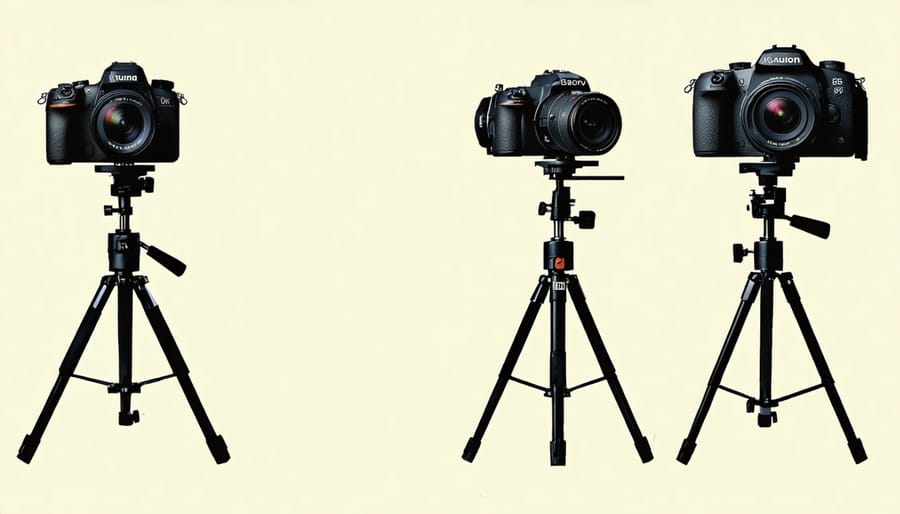
Game-Changing Features for Videographers
The integration of advanced video features into digital cameras has revolutionized content creation. Perhaps the most significant breakthrough was the introduction of 4K video recording, which brought cinema-quality resolution to relatively compact camera bodies. This was quickly followed by innovations like dual pixel autofocus, which enables smooth, professional-looking focus transitions during video recording.
In-body image stabilization (IBIS) transformed handheld filming, making it possible to capture steady footage without expensive external gimbals. Combined with electronic stabilization, modern cameras can produce remarkably smooth results even in challenging conditions.
Log profiles and 10-bit color depth opened new possibilities in post-production, giving videographers the flexibility to color grade their footage with unprecedented control. Meanwhile, high frame rate capabilities – often reaching 120fps or higher – enabled striking slow-motion sequences that were once exclusive to specialized video equipment.
Modern cameras also feature advanced audio capabilities, including microphone inputs, headphone monitoring, and manual audio level control, making them true hybrid tools for serious content creators. The addition of features like focus peaking, zebra patterns, and waveform monitors has brought professional video tools directly into the camera’s interface.
Essential Video Features in Modern Digital Cameras
Resolution and Frame Rates
Modern digital cameras offer an impressive array of video resolution and frame rate options, thanks to advanced camera sensor technology. Most current models support 4K recording (3840 x 2160 pixels), with some high-end cameras even capable of 6K or 8K capture. These higher resolutions provide incredible detail and flexibility in post-production, allowing for cropping and reframing without losing quality.
Frame rates play an equally crucial role in video quality. Standard options typically include 24fps (frames per second) for a cinematic look, 30fps for general-purpose recording, and 60fps for smooth motion capture. Many cameras now offer high-frame-rate modes of 120fps or even 240fps, perfect for creating dramatic slow-motion sequences.
When choosing your settings, consider your creative intent and practical needs. While 4K footage offers superior quality, it requires more storage space and processing power. Similarly, higher frame rates can capture fluid motion but may require more light due to faster shutter speeds.
For most projects, 1080p at 30fps remains a solid choice, offering a good balance between quality and file size. However, if you’re creating content for large displays or need flexibility in post-production, 4K recording at 24fps or 30fps might be your best option. Remember that matching your frame rate to your intended viewing platform ensures the smoothest playback experience.
Autofocus and Tracking
Modern digital cameras have revolutionized video autofocus with sophisticated systems that rival dedicated video cameras. Dual Pixel CMOS AF, found in many current cameras, transforms each pixel into a phase-detection point, enabling smooth, cinema-like focus transitions and reliable subject tracking.
Face and eye detection tracking has become increasingly refined, maintaining sharp focus on subjects even as they move through the frame. This technology is particularly valuable for solo content creators who need to stay in focus while filming themselves, or for capturing dynamic scenes where subjects are in constant motion.
Subject recognition has expanded beyond human subjects, with many cameras now able to identify and track animals, vehicles, and other objects. This advancement allows videographers to maintain focus on specific elements within complex scenes without manual intervention.
Real-time tracking combines these technologies with predictive algorithms to anticipate subject movement. When filming fast-moving subjects like sports or wildlife, the camera can maintain focus even when obstacles temporarily block the view.
However, these systems aren’t infallible. Low-light conditions can challenge even the most advanced AF systems, and complex scenes with multiple moving subjects might confuse the tracking algorithm. Many professionals still prefer manual focus for critical shots, using autofocus as a supplementary tool rather than relying on it exclusively.
Understanding your camera’s AF capabilities and limitations is crucial for achieving consistent, professional-looking video results.
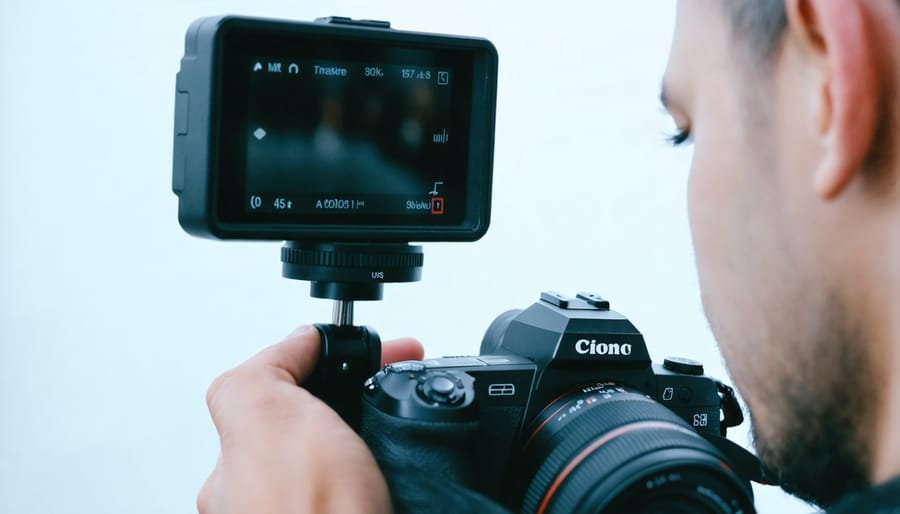
Recording Formats and Compression
When it comes to video recording, modern digital cameras offer a variety of formats and compression options to balance quality with file size. Most cameras record in either MP4 or MOV containers, which are widely compatible with editing software and sharing platforms.
The most common video codec you’ll encounter is H.264/AVC, which provides excellent quality while keeping file sizes manageable. Higher-end cameras often support H.265/HEVC, offering better compression efficiency – meaning you can get the same quality at roughly half the file size compared to H.264.
Some professional-grade cameras also support more advanced formats like All-I (All-Intra) encoding, where each frame is compressed independently, making it easier to edit but resulting in larger files. In contrast, Long GOP (Group of Pictures) encoding, found in most consumer cameras, compresses multiple frames together for smaller file sizes but requires more processing power to edit.
For color sampling, most cameras offer 4:2:0 8-bit recording internally, while some professional models support 4:2:2 10-bit, providing more color information and flexibility in post-processing. External recorders can often unlock even higher quality recording options on compatible cameras.
Bit rates vary significantly between models, typically ranging from 50Mbps in entry-level cameras to over 400Mbps in professional bodies. Higher bit rates generally mean better quality but require faster memory cards and more storage space.
Real-World Applications and Benefits
Hybrid Shooting for Events
Modern events demand both still photos and video coverage, making hybrid shooting an increasingly valuable skill. Today’s digital cameras excel at seamlessly switching between photo and video modes, offering photographers unprecedented versatility compared to professional video cameras.
For wedding photographers, this dual capability means capturing traditional portraits while also recording key moments like the first dance or ceremony in stunning 4K video. Corporate events benefit similarly, where you can photograph keynote speakers while recording their presentations without switching equipment.
The key to successful hybrid shooting lies in proper preparation. Set your camera to easily accessible custom modes – one optimized for stills, another for video. This allows quick transitions without missing crucial moments. Many modern cameras offer dedicated buttons to switch between modes instantly.
Consider using dual memory cards, dedicating one to photos and another to video footage. This organization streamlines post-production workflow and provides redundancy for critical moments. Battery life becomes more crucial when shooting both mediums, so always carry spares.
Understanding your camera’s limitations is essential. While most current models handle both mediums admirably, factors like recording time limits, heat management, and buffer capacity can impact performance. Planning around these constraints ensures smooth coverage throughout any event.
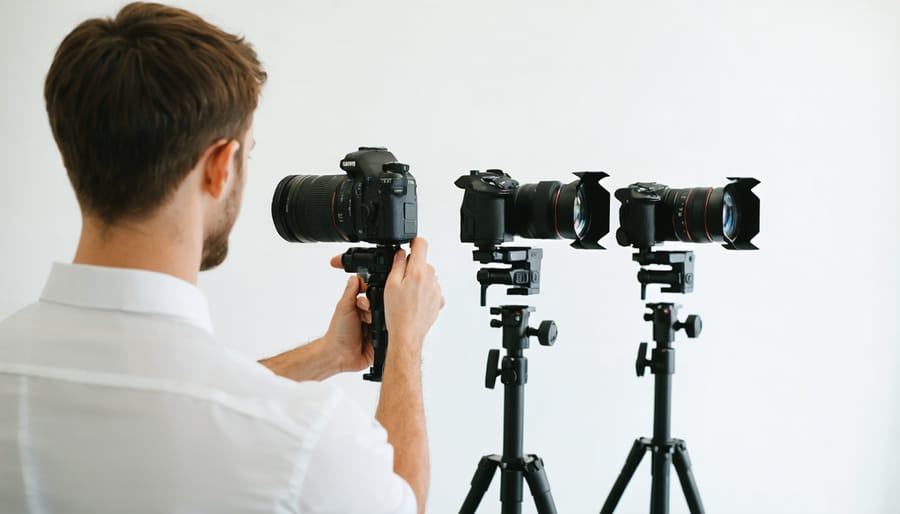
Content Creation Opportunities
The integration of video capabilities in digital cameras opens up exciting new avenues for content creation and revenue streams. Whether you’re interested in expanding your photography business or simply exploring creative possibilities, video features can significantly enhance your service offerings.
Wedding photographers can now seamlessly capture both still images and cinematic moments, creating comprehensive wedding packages that include highlight reels and full ceremony coverage. Real estate photographers are leveraging video capabilities to produce immersive property walk-throughs, adding significant value to their traditional photo services.
Corporate clients increasingly demand both photography and video content for their marketing materials, making hybrid shooters more valuable in the marketplace. Event photography has evolved to include motion content, from conference highlights to promotional material for future events.
The ability to switch between still and video modes on the same device streamlines workflow and reduces equipment costs. This versatility allows creators to experiment with different content formats, such as behind-the-scenes footage, tutorials, and social media stories, all while maintaining consistent visual quality.
For content creators, this means being able to deliver more comprehensive packages to clients without investing in separate video equipment, ultimately increasing their market value and creative possibilities.
Common Challenges and Solutions
Heat Management and Recording Limits
One of the most significant challenges when shooting video with digital cameras is heat management. As these cameras record high-quality video, their sensors generate considerable heat, which can lead to automatic shutdowns to prevent damage. Most cameras have recording time limits, typically around 30 minutes per clip, though some newer models offer extended recording capabilities.
To work around these limitations, many photographers employ practical solutions. Using external recorders can bypass internal recording limits while reducing sensor heat. Keeping your camera in a well-ventilated area, avoiding direct sunlight, and using external power sources instead of the battery can also help manage temperature issues.
Some photographers carry multiple camera bodies for extended shoots, switching between them to allow each camera to cool down. Modern cameras often display temperature warnings, giving you time to wrap up your shot before an automatic shutdown occurs. Understanding these limitations beforehand helps in planning shoots effectively, especially for events or interviews that require extended recording times.
For time-sensitive projects, it’s essential to test your camera’s limits in advance and have backup plans ready.
Storage and Battery Considerations
Recording video on your digital camera demands significantly more storage space and battery power than still photography. A typical 4K video file can consume around 350MB per minute, meaning a 64GB memory card might only hold about 3 hours of footage. To avoid running out of space mid-shoot, always carry multiple high-speed memory cards and consider investing in cards with at least 128GB capacity for extended recording sessions.
Battery life is equally crucial when shooting video. Most digital cameras can record continuously for 30-45 minutes before needing a battery change, as the constant sensor operation, image processing, and LCD screen usage drain power quickly. Temperature can also impact battery performance, with cold weather significantly reducing recording time. Keep at least two fully charged spare batteries on hand, and consider a battery grip for extended shooting sessions.
To maximize your resources, monitor your camera’s temperature during long takes, format memory cards before important shoots, and always check your battery levels before starting a new recording. Some cameras also offer proxy recording options, creating smaller files alongside high-quality footage to help manage storage more efficiently.
The integration of video capabilities into digital cameras has fundamentally transformed both photography and videography landscapes. What began as a simple addition has evolved into a cornerstone feature that continues to blur the lines between still and motion photography. Today’s hybrid shooters can seamlessly switch between capturing decisive moments and recording cinematic footage, all with the same device.
This convergence has not only democratized content creation but has also spawned new creative possibilities. Social media creators, wedding photographers, and documentary makers now routinely leverage both mediums to tell more compelling stories. The ability to extract high-quality still frames from 4K or 8K video has even changed how some photographers approach action and wildlife photography.
Looking ahead, we can expect even more exciting developments. Artificial intelligence and computational photography are already enhancing video capabilities, improving autofocus performance, and enabling features like subject tracking that were once confined to high-end cinema cameras. The trend toward higher resolution video, better low-light performance, and more sophisticated in-body stabilization systems shows no signs of slowing down.
As these technologies continue to mature, the distinction between dedicated video cameras and still cameras may become increasingly irrelevant. What matters most is that creators now have more tools than ever to express their vision, whether through a single frame or moving images. The future of digital imaging lies in this versatility, promising even more innovative ways to capture and share our stories.

